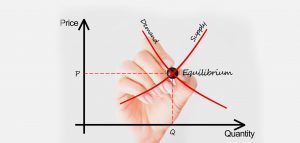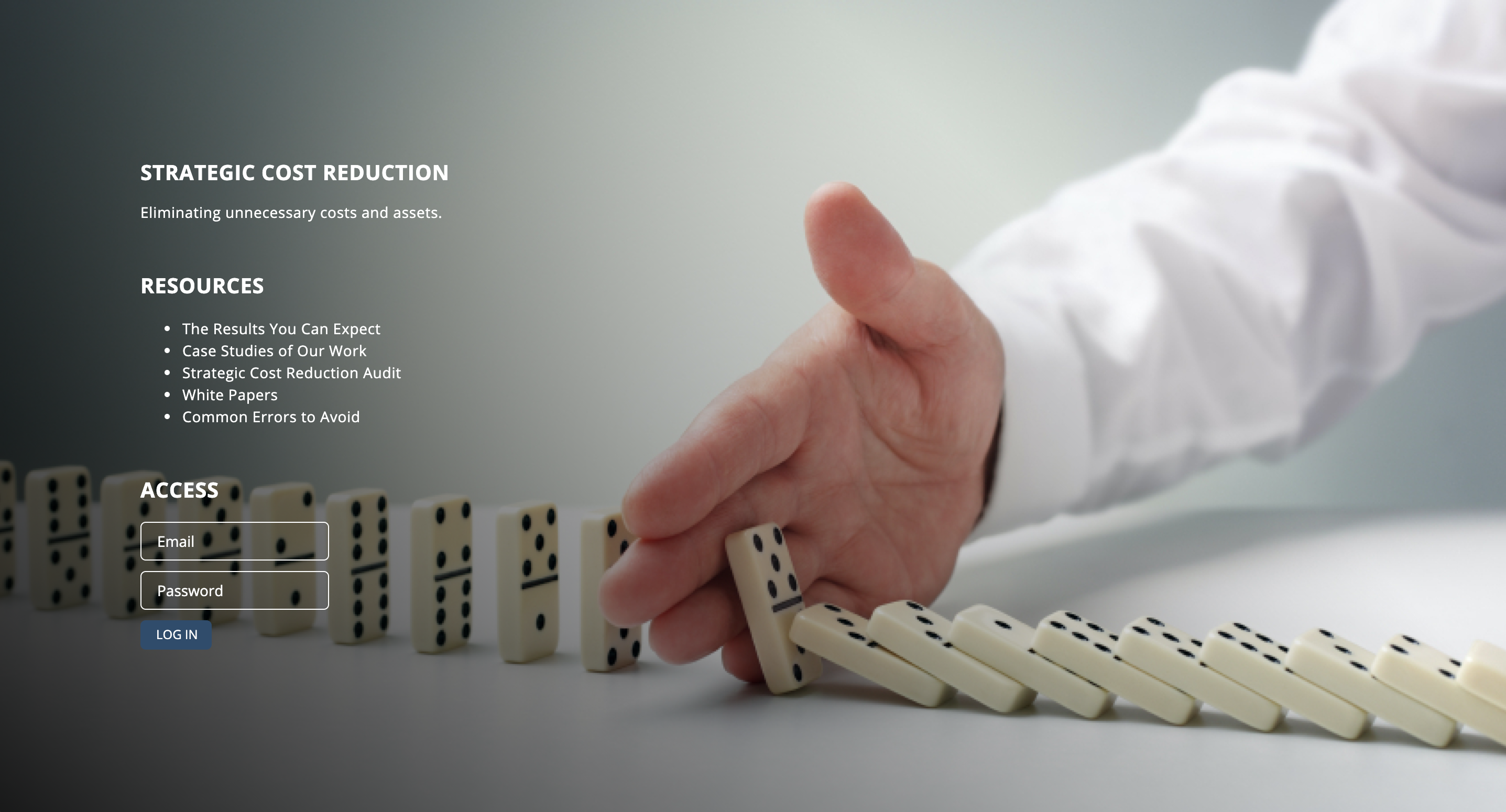When business objectives call for 5% to 20% cost reduction, executive actions need to adopt strategic cost reduction, which focuses on structural change, and get beyond operational improvements. Strategic cost reduction realigns the company’s cost structure to the market and frees up resources so that you can pursue growth initiatives.
Operational cost improvements only get you so far, whether leaner operations, stricter cost controls, tighter supplier rates, and gradual staff reductions. At best, these actions will cut 1% to 2% of total costs.
In some cases, companies make many small cost cuts across the board, looking for minimal change and hoping that total savings will add to the desired performance level. This approach rarely works. In the best case, the initiatives provide Band-Aid fixes. At worst, they cut in the wrong areas and derail appropriate actions in times of continued profit deterioration and set the company further back.












